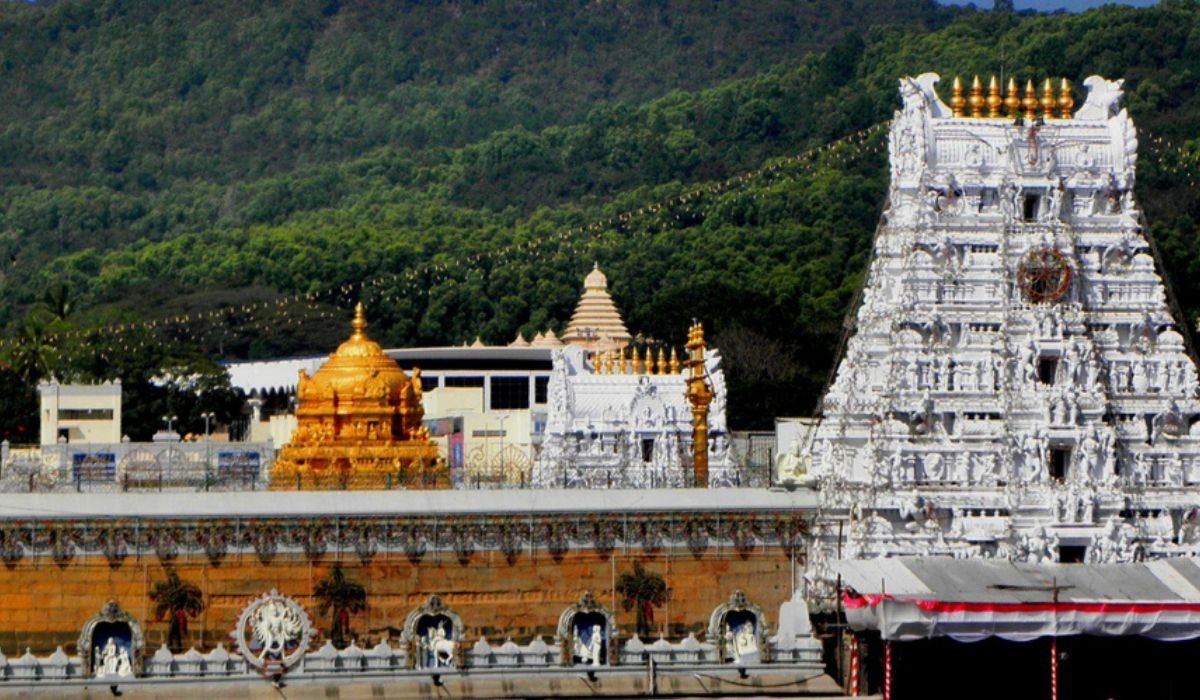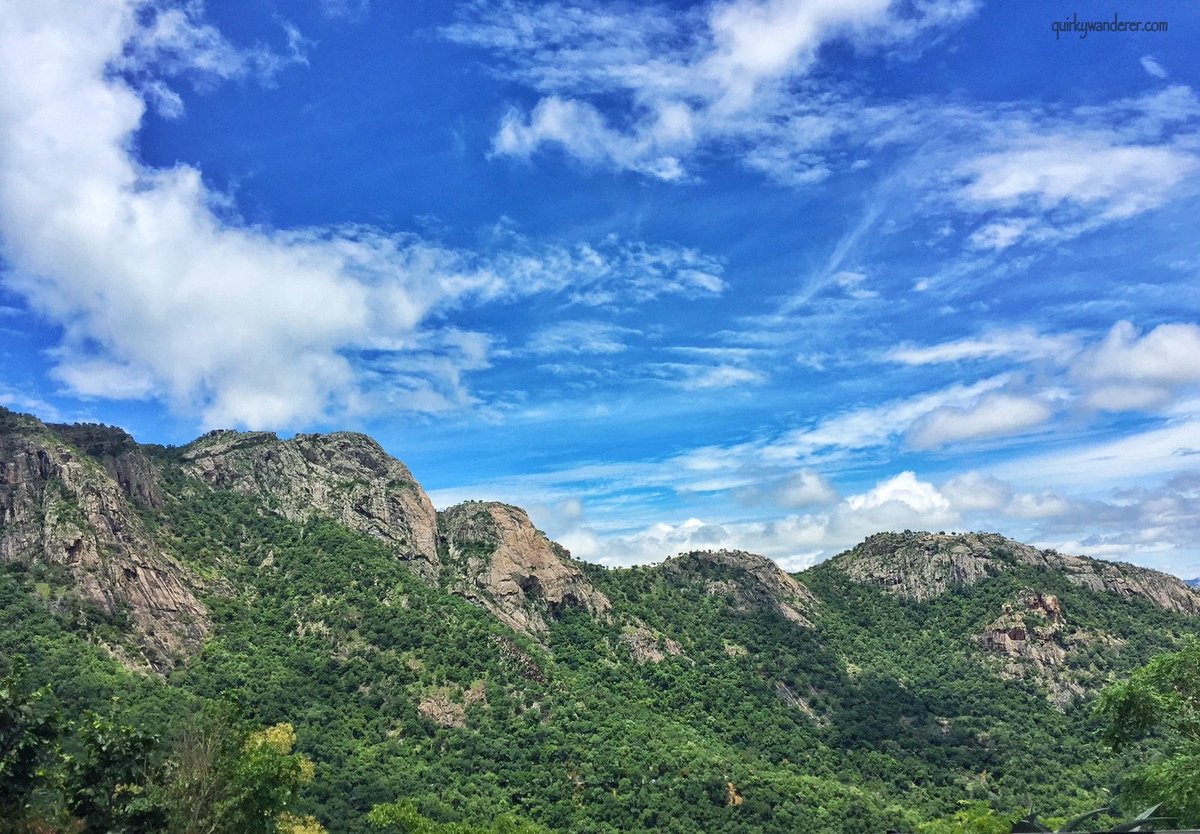Sadashiv Rao Bhau, commander of the Maratha army at Panipat, often judged harshly by historians for that failure, but he was the same person who also expanded the Maratha empire, consolidating on Baji Rao's conquests.
Thread on his Jayanti today.
Thread on his Jayanti today.

When one looks at the history of the Maratha Empire, two people who have been judged harshly, one is Sambhaji and the other one has been Sadashiv Rao Bhau. The former had to live up to the legacy of his legendary father, which was not an easy task at all.
It did not help, that his own rash behavior led historians to judge him as a prodigal son. But then Sambhaji was the same man, who stood steadfast in the protection of Dharma, even when he was brutally tortured to death.
Bhau is more remembered for the disastrous rout at Panipat, where he was the commander in chief. And for good reasons, his arrogant attitude, poor strategies, played a major role in the rout.
But it was under Bhau, that the Maratha Empire expanded further, as he consolidated on the gains of Baji Rao 1’s conquests, and the same with the Peshwa Balaji Baji Rao, who actually built up Pune, took the empire to it’s zenith.
And yet the rout at Panipat, left Balaji Baji Rao, broken hearted so much he spent his last days in isolation at the Parvati temple in Pune. And he is often seen as the Peshwa who presided over that rout.
Sadashiv Rao Bhau was born near Pune on August 4, 1730, into an illustrious legacy, his father Chimaji Appa, had secured the entire Western coast from Portuguese, and spread the Maratha empire all over the Konkan.
His uncle, was none other than the legendary Baji Rao 1, one of the greatest heroes of the Maratha empire, who expanded it all the way up to the Khyber. Having lost his parents at an early age, Bhau grew up in the care of his aunt Kashibai, who treated him like her own son.
He was tutored by Ramchandra Shenvi, one of the shrewdest political brains among the Marathas then. So as can be seen, he had a solid grounding right from the start. A great father, an uncle who was a legend, could not have asked for a better legacy.
When Babuji Naik and Fateh Singh Bhonsle, failed in the task to capture Karnataka, it was Bhau who took it up. Leaving Pune on December 5 with Mahadoba Purandare and Sakharam Bapu, at just 16 years of age, he embarked on his mission.
Ajra, south of Kolhapur was where Bhau had his first major victory, defeating the Nawab of Savnur, capturing fort of Bahadur Bhenda. Chauth was levied and around 36 Parganas became a part of the empire.
That started the victory march for Bhau, as city after city in North Karnataka fell, Kittur, Gokak, Bagalkot, Badami, Basavapatna, Navalgund, all overran by him. Yamaji Shivdev’s revolt was crushed, and soon he became the Diwan of the Peshwa who was his own cousin.
The Nizam of Hyderabad was decisively routed in the Battle of Udgir in 1760 by Bhau, and had to surrender Ahmadnagar, Daulatabad, Bijapur to him. By now Bhau was the master of the Deccan, having overran both Karnataka as well as routing the Nizam.
Meanwhile Dattaji Scindia was killed at the Battle of Burari Ghat. Recalled from Udgir to Partur, Bhau was choosen by the Peshwa to lead the Maratha campaign in the North against the Afghans, a decision that turned out to be rather hasty.
While Bhau was pretty much at home in the Deccan, the North was not really a familiar territory to him, especially the internal politics there. And this proved to be a major disadvantage, as he failed to get the powerful Rajput, Jat, Sikh chieftains on his side.
While Bhau was a brilliant warrior, he was not the best of strategists, and negotiation, was not exactly his forte. Taking thousands of pilgrims and their families wanting to visit the temples in North on a military campaign was a disaster.
These pilgrims became a burden on the army, who had to take care of the logistics as well as supplies for them. The Maratha Army usually relied on swift blitzkrieg like attacks to overwhelm the enemy, so carrying civilians along was not going to work.
Also Bhau adopted new tactics of infantry and artillery, as against the traditional Maratha reliance on hit and run tactics, which he felt would not work in an open plains warfare like in the North.
However some like Holkar were not ready to accept Bhau’s tactics of using artillery and infantry, as they felt the army was not adequately trained. He neverthless went ahead, in spite of objections, and formed an artillery of 10,000.
Though Holkar and Scindia tried to get the Rajput rulers, the Jat chieftain Suraj Mal and the Sikhs on the Maratha side, it did not work out. Another factor was the Maratha rulers interfering in the succession battles of Rajput rulers, which alienated many.
The Rajput rulers often had their own internal rivalries, and succession conflicts. And more often than not, you had the Marathas playing off one side against another. Typically it was Holkar vs Scindia in most of these cases.
In the meantime Holkar and Scindia persuaded Bhau to strike an alliance with Suraj Mal, who did join, inspite of the fact that he had no love lost for the Marathas. However Bhau’s rather overbearing nature, meant that the Jats did not give full fledged support.
The Jat rulers controlled the food supplies around Delhi, and Bhau’s attitude towards them would cost them really bad at Panipat. He also rejected the offer of Sikhs to aid him against the Afghans and that meant he lost one of the most vital support ever.
He also rejected the offer of Sikhs to aid him against the Afghans and that meant he lost one of the most vital support ever. Again another disastrous tactic, as the Sikhs were battle hardened when it came to the Afghans, they knew their strategies well.
Bhau took Delhi with a strong artillery attack in 1760, driving out Durrani from there, however they got no support from the local chieftains in and around there. He advanced further north, and the fort of Kunjipura near Karnal was taken in a blitzkrieg attack.
Durrani was forced to flee from Kunjipura, as his entire garrison was massacred by the Marathas. It was a comprehensive victory for the Marathas over the Afghans at Kunjipura, some of Abdali’s best generals were killed.
Once again presence of a large number of civilians in the Maratha contingent meant the supplies at Kunjipura were exhausted fast. Exasperated by the loss, Ahmed Shah Abdali himself entered the fray, making a daring cross across the Yamuna at Baghpat.
The Marathas however managed to block Abdali’s return route back to Afghanistan, and soon there was a fierce skirmish at Sonepat. Though the Afghans lost 1000 men, they managed to drive the Marathas back, and completely cut off their supply lines.
Finally with his soldiers morale running out, and starvation rampant, Sadashiv Rao Bhau had no option but to call for war.
Jan 14, 1761 on Makar Sankranti, the 3rd Battle of Panipat, as the Marathas and Afghans clashed in one of the most decisive battles ever.
Jan 14, 1761 on Makar Sankranti, the 3rd Battle of Panipat, as the Marathas and Afghans clashed in one of the most decisive battles ever.
Till 2 PM, the Marathas actually managed to break the Afghan forces, Bhau himself leading a spirited attack. So fierce was the assault of the Marathas led by Bhau, that the Afghans ran from the battle field.
Just when the Marathas seemed to be gaining the upper hand, Vishwas Rao, the Peshwa’s son was hit by a stray bullet, and that was the turning point.Taking advantage of Vishwasrao’s death, Durrani attacked the Marathas, with 10,000 troops, totally encircling them.
Bhau along with Ibrahim Khan Gardi and Jankoji Scindia was surrounded by the Afghans, while Holkar fled from the battlefield. Bhau along with Ibrahim Khan Gardi put up a spirited fight against the Afghans, however Vishwas Rao’s death demoralized the Marathas.
When he saw his nephew Vishwas Rao dead Bhau dismounted from elephant and plunged straight into the battle.However the Marathas seeing the empty howdah thought Bhau too had fallen and were demoralized further now.
He fought to the last, even though he knew it was a losing cause, before he finally fell like a hero on the battle field. One of the greatest Maratha heroes, Sadashivrao Bhau, perished on the field of Panipat, fighting till the last.
He in many ways revolutionized the Maratha army, bought in artillery and infantry, moved away from their traditional hit and run tactics. It was Bhau who bought in Ibrahim Khan Gardi, who played a vital role in the artillery segment, and fell fighting on Panipat along with him.
He also bought in European mercenaries, employed the latest artillery, in a way modernized the Maratha Army. He might be judged harshly by historians, but he lived, fought and died like a true hero on Panipat.
Also the Afghans never really consolidated on their victory at Panipat, caught up in their own internal power struggles, they could not really establish their rule, and add to it the Sikh resistance meant they were primarily restricted to Afghanistan and NW Province.
On the other hand, inspite of losing their best generals and warriors, the Maratha Empire managed to recover from the rout at Panipat, and existed for quite a long time, though more as a Confederacy, and the Peshwa's power diminished considerably.
The death blow to the Maratha Empire was dealt by the British later on, not by the Mughals or any of the Muslim rulers. So Panipat was not really a fatal blow to it, unlike Tallikota was for Vijayanagara.
On his Jayanti do take time to pay a tribute to Sadashiv Rao Bhau, who fought and died like a true warrior at Panipat. A hero who deserves more appreciation, not withstanding his mistakes at Panipat. #Naman
My article on Sadashiv Rao Bhau, on his Jayanti today do check out and share.
historyunderyourfeet.wordpress.com/2018/08/04/sad…
historyunderyourfeet.wordpress.com/2018/08/04/sad…
My podcast on Sadashiv Rao Bhau, on his Jayanti today do check out and share.
https://t.co/jhVyCt8ZOnpodcasters.spotify.com/pod/show/ratna…
gaana.com/song/sadashiv-…
https://t.co/jhVyCt8ZOnpodcasters.spotify.com/pod/show/ratna…
gaana.com/song/sadashiv-…
• • •
Missing some Tweet in this thread? You can try to
force a refresh

 Read on Twitter
Read on Twitter











